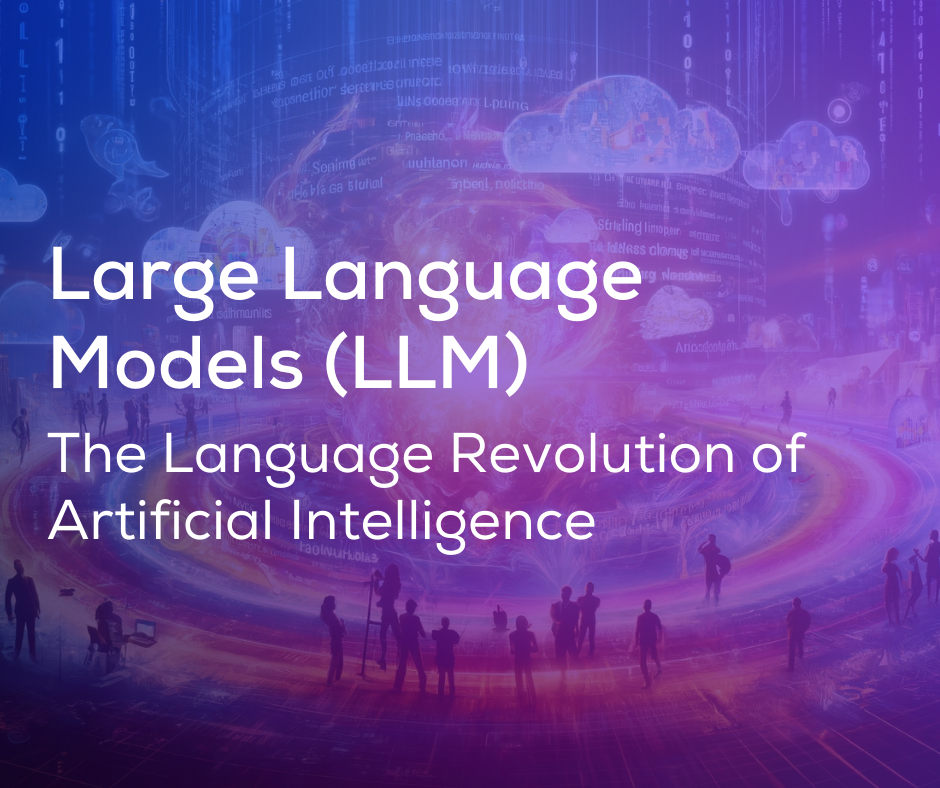Use algorithms to process the image and extract important features from it
Suspendisse sed turpis iaculis sed. In ut ut fringilla enim. Id ultrices neque tincidunt leo varius nulla commodo urna tortor ornare praesent non at nisl erat nunc erat nisl mauris magna dignissim ligula viverra etiam nulla rhoncus dui blandit dolor volutpat lorem viverra turpis et pulvinar vestibulum congue lectus semper arcu diam consequat adipiscing nisl.
- Lorem ipsum dolor sit amet consectetur ipsum massa vulputate.
- Mauris aliquet faucibus iaculis vitae ullamco turpis nibh feugiat.
- Ultrices commodo ipsum massa sit vulputate ut arcu turpis.
- Congue dignissim mauris enim hac enim lacus fermentum ultrices et.
Use machine learning to classify the image into different categories
Leo eu non feugiat adipiscing orci risus amet. Neque etiam purus quisque quis vel. Ipsum nunc justo et amet urna dolor sed et vestibulum risus nam diam dignissim nunc gravida ornare placerat molestie lorem dui lobortis sed massa ac sed laoreet gravida sapien id volutpat elit viverra nisl tortor eu usapien natoque.

Filter the images based on a variety of criteria, such as color, texture, and keywords
Ultrices pellentesque vel vel fermentum molestie enim tellus mauris pretium et egestas lacus senectus mauris enim enim nunc nisl non duis scelerisque massa lectus non aliquam fames ac non orci venenatis quisque turpis viverra elit pretium dignissim nunc vitae in cursus consequat arcu lectus duis arcu feugiat aenean ultrices posuere elementum phasellus pretium a.
- Elit nam sagittis et non tincidunt diam et enim aliquet ornare etiam vitae.
- Hendrerit aliquam donec phasellus odio diam feugiat ac nisl.
- Nibh erat eu urna et ornare ullamcorper aliquam vitae duis massa nunc.
- Ac consectetur nam blandit tincidunt elit facilisi arcu quam amet.
Automatically group similar images together and apply a common label across them
Enim tellus mauris pretium et egestas lacus senectus mauris enim enim nunc nisl non duis scelerisque massa lectus non aliquam fames ac non orci venenatis quisque turpis viverra elit pretium dignissim nunc vitae in cursus consequat arcu lectus duis arcu feugiat aenean ultrices posuere elementum phasellus pretium a.
“Nisi consectetur velit bibendum a convallis arcu morbi lectus aecenas ultrices massa vel ut ultricies lectus elit arcu non id mattis libero amet mattis congue ipsum nibh odio in lacinia non”
Convert the extracted features into a vector representation of the image
Enim tellus mauris pretium et egestas lacus senectus mauris enim enim nunc nisl non duis scelerisque massa lectus non aliquam fames ac non orci venenatis quisque turpis viverra elit pretium dignissim nunc vitae in cursus consequat arcu lectus duis arcu feugiat aenean ultrices posuere elementum phasellus pretium a.
With the constant evolution of artificial intelligence and natural language processing technologies, we observe that big language models (LLMs) play an important role in advancing machine learning and AI applications. Large language models, created artificially to mimic real-world data sets, serve as a powerful tool in various industries. This approach contributes to providing practical solutions to the challenges of data privacy, cost, and diversity, as well as overcoming the constraints of data shortages.
In today's blog post, we're going to explore the world of big language models and explain why it's an important area for our business.
Topics we're going to deal with:
- What Are Big Language Models?
- Why is the big language model important?
- Combining big and real data
What Are Big Language Models?
Big language models are data sets created artificially to reflect the statistical properties and patterns found in real-world data. This simulation is carried out by applying various algorithms or models to generate data that is not derived from real observations.
The main objective is to provide an alternative to real data sets while maintaining the basic features necessary for effective model training and testing.
Why are big language models important?
Privacy and Security: Large language models provide a shield for sensitive information, allowing models to be developed and tested without exposing real-world data to possible breaches.
Cost and Time Efficiency: Collecting comprehensive real-world data can be costly and time-consuming. Large language models offer a cost-effective and time-efficient alternative to generating a variety of data sets.
Data Diversity: By increasing the diversity of data sets, large language models contribute to the generalization of improved models in different scenarios, resulting in robust and adaptable artificial intelligence systems.
Overcoming Data Density: In areas where it is difficult to obtain enough real data, large language models serve as a valuable complement to enabling models to be trained on a sufficient variety of data sets.
Combining big and real data
Real data reflects real-world variability and subtleties, but privacy concerns come along, and collecting it can be costly and time-consuming. On the other hand, synthetic data is artificially generated, which enables privacy protection, cost savings, and increased data set diversity. A common strategy is to create hybrid data sets by combining real and synthetic data. This approach takes advantage of the richness of real-world data but also addresses privacy concerns, thereby achieving more robust and effective machine learning models.
The synthesis of authentic and artificial data creates a harmonious blend that leverages the strengths of both, promoting advances in the field of artificial intelligence.
Result
In summary, big language models are seen as a transformative force in the field of artificial intelligence. Confidentiality concerns, cost effectiveness, and data diversity are critical. Whether completely synthetic, partially synthetic, or hybrid, these data types offer unique advantages between authenticity and efficiency. By combining synthetic and real data into hybrid datasets, a powerful synergy is achieved that advances machine learning models. This strategic approach preserves the richness of real-world scenarios while protecting against privacy issues. The combination of authentic and artificial data promises a bright future for AI applications, bringing the field of artificial intelligence to the realm of innovation and activity.



